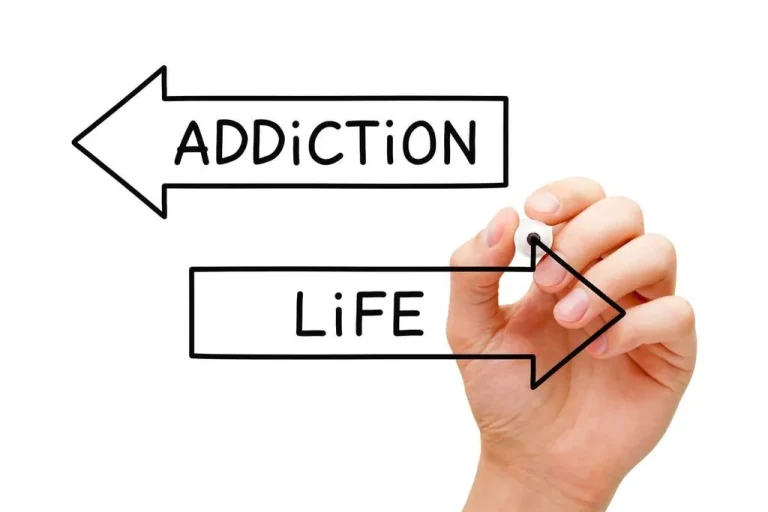
Alcohol is consumed by 70% of people 18 years and older in the US (SAMHSA, 2018). While most US adults do not experience problems related to their alcohol use, 5.8% have an alcohol use disorder (AUD) (SAMHSA, 2018), defined as a “problematic pattern of alcohol use leading to clinically significant impairment or distress” (DSM-5; American Psychiatric Association, 2013). Caring for a person who has problems with alcohol can be very stressful. It is important that as you try to help your loved one, you also find a way to take care of yourself. It may help to seek support from others, including friends, family, community, and support groups.
Calgary residents warned to reduce water usage as crews continue work to repair pipe
An alcoholic will experience intense cravings and will continue to drink despite the negative consequences. No one intends to develop an alcohol dependency, but it can happen easier than you may think. If you’re in the habit of drinking in social situations, your reasons for drinking can change over time. Social drinking is a common occurrence in the U.S. and around the world. From ancient times to the colonial settlers to today, beer, wine, and spirits signify friendship and connecting with others in social settings. Choosing to drink multiple times a week can lead to an increased tolerance and the desire to drink more.
Effects of alcoholism and alcohol abuse
- RCA and RCA facilities comply with all applicable Federal and State civil rights laws and does not discriminate on the basis of race, color, national origin, age, disability, ethnicity, gender, gender identity, sexual orientation or sex.
- Drinking socially may start as something sporadic, but social drinkers may enter into denial about their relationship with alcohol.
- Ask different programs if they offer sliding-scale fees—some programs may offer lower prices or payment plans for individuals without health insurance.
- At a talk he later gave on wu-wei at Google, Slingerland made much the same point about intoxication.
- Fairbairn and Sayette (2014) recently outlined a social attributional framework for examining the impact of alcohol on social anxiety, and on emotion more generally.
- These advances could optimize how treatment decisions are made in the future.
There are different types of alcohol addiction treatment programs available today, including medication-assisted treatment. Depending on the severity of your alcohol use, you may need a medical detox to begin the journey to recovery. Alcoholism is considered the state you reach when you can no longer control your alcohol intake.
Associated Data
Band officials said they’ve reactivated the suit over the proposed legislation dealing with water treatment, which is currently before a Parliamentary committee. The lawsuit was filed in 2014 as part of a joint action with three other First Nations. It was placed in abeyance while Ermineskin, with other First Nations, negotiated with social drinking and drinking problem Ottawa about how to solve widespread water treatment issues on reserves. An Alberta First Nation has revived a lawsuit it launched 10 years ago in an effort to get the federal government to recognize its human right to clean, safe water. An hour after I first took the pill, I poured a glass of wine and was astounded by the results.

Negative reinforcement
Initial studies found that when intoxicated, animals—as diverse as rats and cats—experienced reduced experimental “neuroses” or conflict (Conger, 1951; Masserman & Yum, 1946). These data led to the development of what https://ecosoberhouse.com/ eventually became known as the tension reduction theory (TRT) (Cappell & Herman, 1972; Conger, 1956). Alcohol’s putative effects on tension reduction became a core feature in Conger’s (1956) theory of alcoholism.
- Please note, this is only a quote of benefits and/or authorization.
- However, people must make informed choices about their alcohol consumption while considering their situation.
Binge drinking can lead to reckless behavior such as violence, having unprotected sex, and driving under the influence. Binge drinking can also lead to alcohol poisoning, a serious and sometimes deadly condition. Often, family members and close friends feel obligated to cover for the person with the drinking problem. So they take on the burden of cleaning up your messes, lying for you, or working more to make ends meet. Pretending that nothing is wrong and hiding away all of their fears and resentments can take an enormous toll. Children are especially sensitive and can suffer long-lasting emotional trauma when a parent or caretaker is an alcoholic or heavy drinker.
- The appraisal-disruption model accommodates many of the apparently contradictory findings reported in past investigations (Sayette, 1993a).
- You often drink more alcohol than you wanted to, for longer than you intended, or despite telling yourself you wouldn’t.
- Too much alcohol affects your speech, muscle coordination and vital centers of your brain.
- Americans may not have invented binge drinking, but we have a solid claim to bingeing alone, which was almost unheard-of in the Old World.
- Education is vital, so people don’t put themselves at risk of developing an alcohol use disorder.
Starting with a Primary Care Provider
